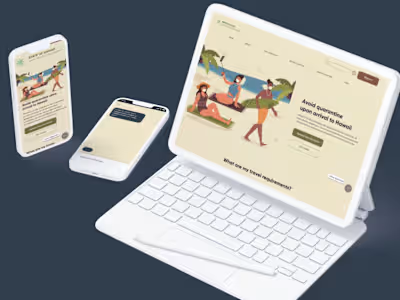User-Centric Immunization: Redesigning VIRA the VaxChat
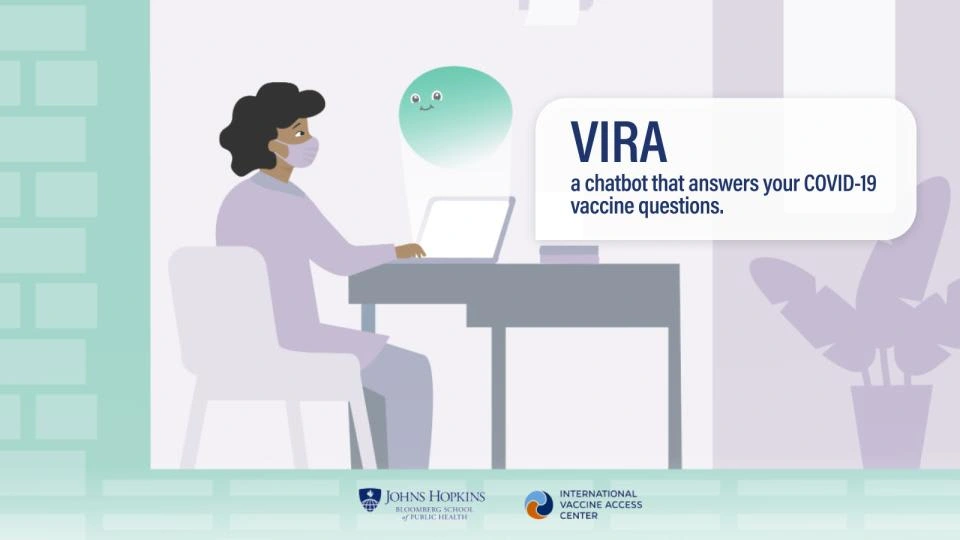
Introduction:
As the UX designer on the VIRA vaccine chatbot redesign project, I played a crucial role in improving the user experience of the chatbot in collaboration with the Johns Hopkins International Vaccine Access Center (IVAC), Meta, and IBM. The goal was to enhance accessibility, engagement, and overall usability for users.
Background and Context:
The original VIRA vaccine chatbot provided information about vaccines and the vaccination process. However, it had several usability issues and did not meet accessibility standards. Recognizing the need for improvement, the IVAC team decided to initiate a redesign of the chatbot.
Research and Insights:
To gather insights into user needs and preferences, we conducted extensive research. We conducted user surveys, collected feedback on the chatbot's usability, and analyzed user interactions. This research revealed valuable insights, including feedback on the chatbot's trustworthiness, the effectiveness of its mascot design, and the preferences of Spanish-speaking users.
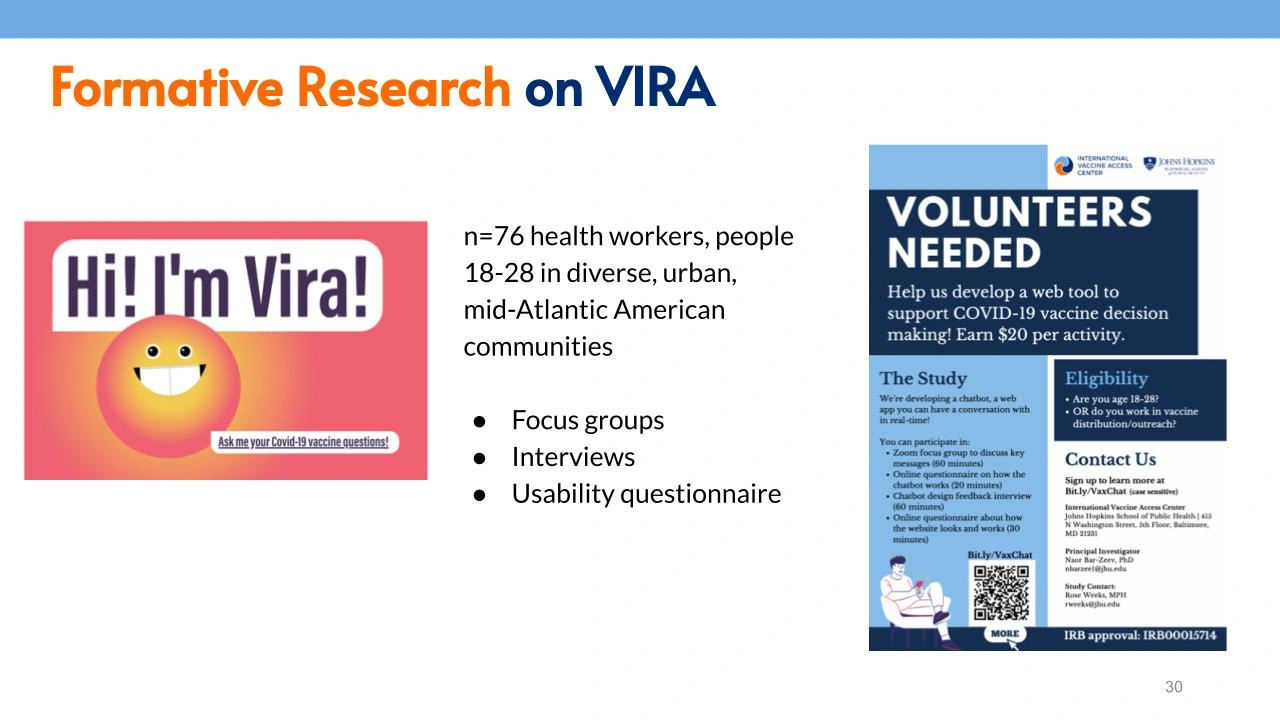
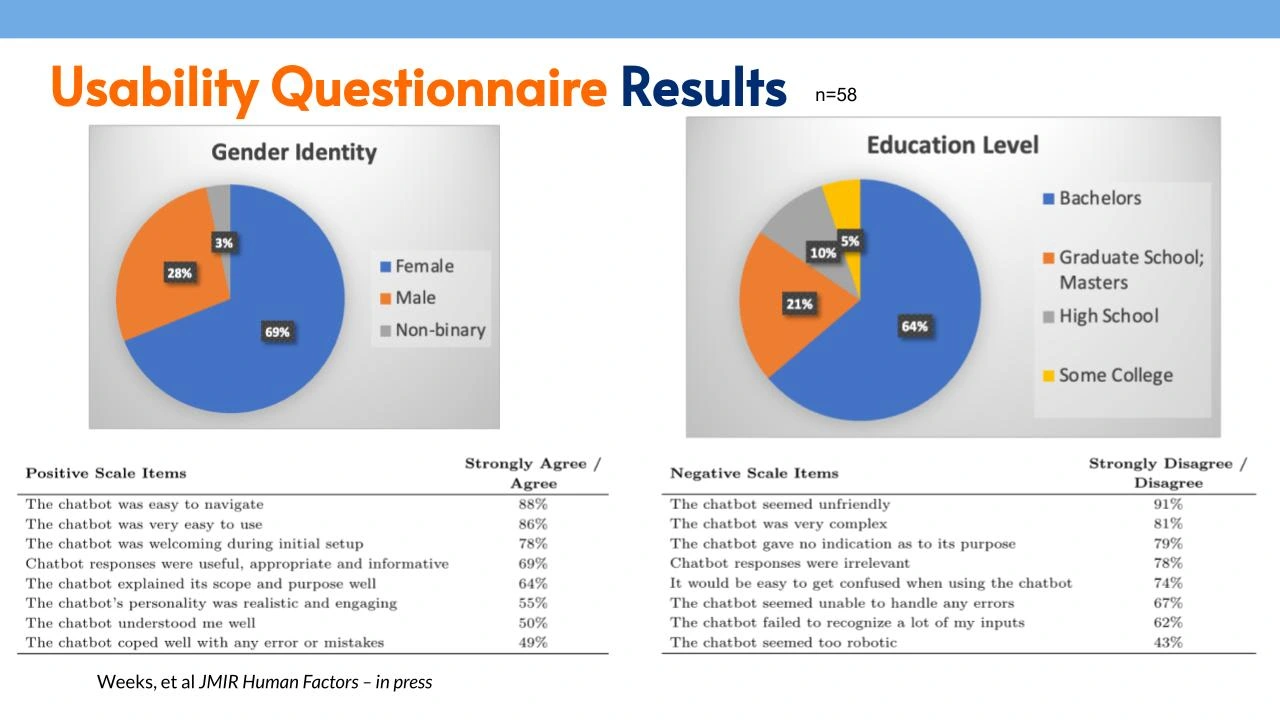
Design Process and Solutions:
Based on the research findings, I employed a comprehensive design process to address the identified issues and implement effective solutions. Here are the key aspects I focused on during the design process:
Heuristic Evaluation and Feedback Analysis:
I conducted a heuristic evaluation of the chatbot's user interface, applying established usability principles, such as Nielsen's 10 usability heuristics. This evaluation helped identify usability issues and provided actionable recommendations to enhance the chatbot's overall user experience. Additionally, I carefully analyzed user feedback regarding trustworthiness, the mascot design, and other aspects of the chatbot's interface.
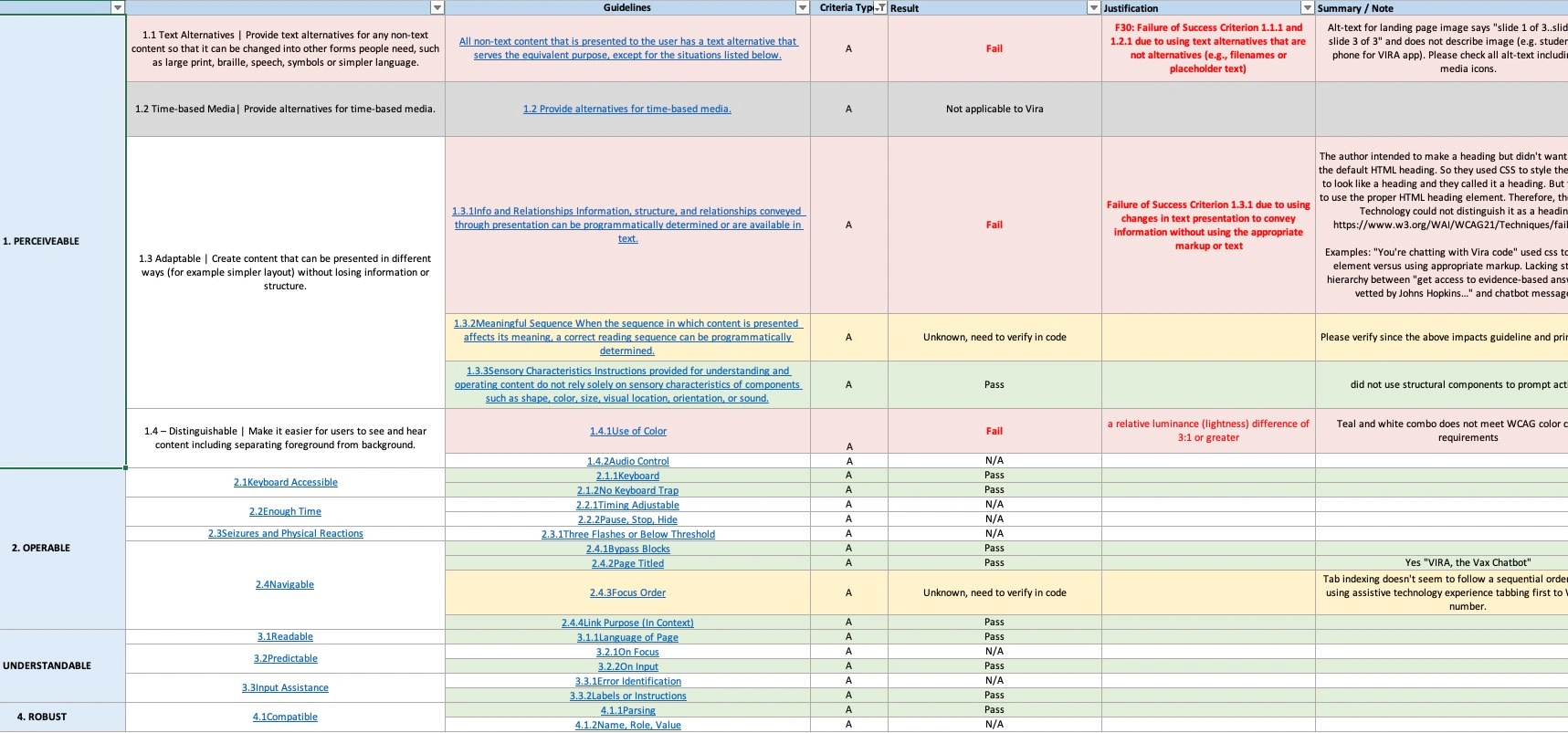
Accessibility Improvements:
Recognizing the importance of accessibility, I ensured that the redesigned chatbot complied with WCAG guidelines. This involved addressing color contrast issues, font legibility, and implementing alt text for images to make the chatbot accessible to users with disabilities. By prioritizing accessibility, we aimed to provide an inclusive experience for all users.
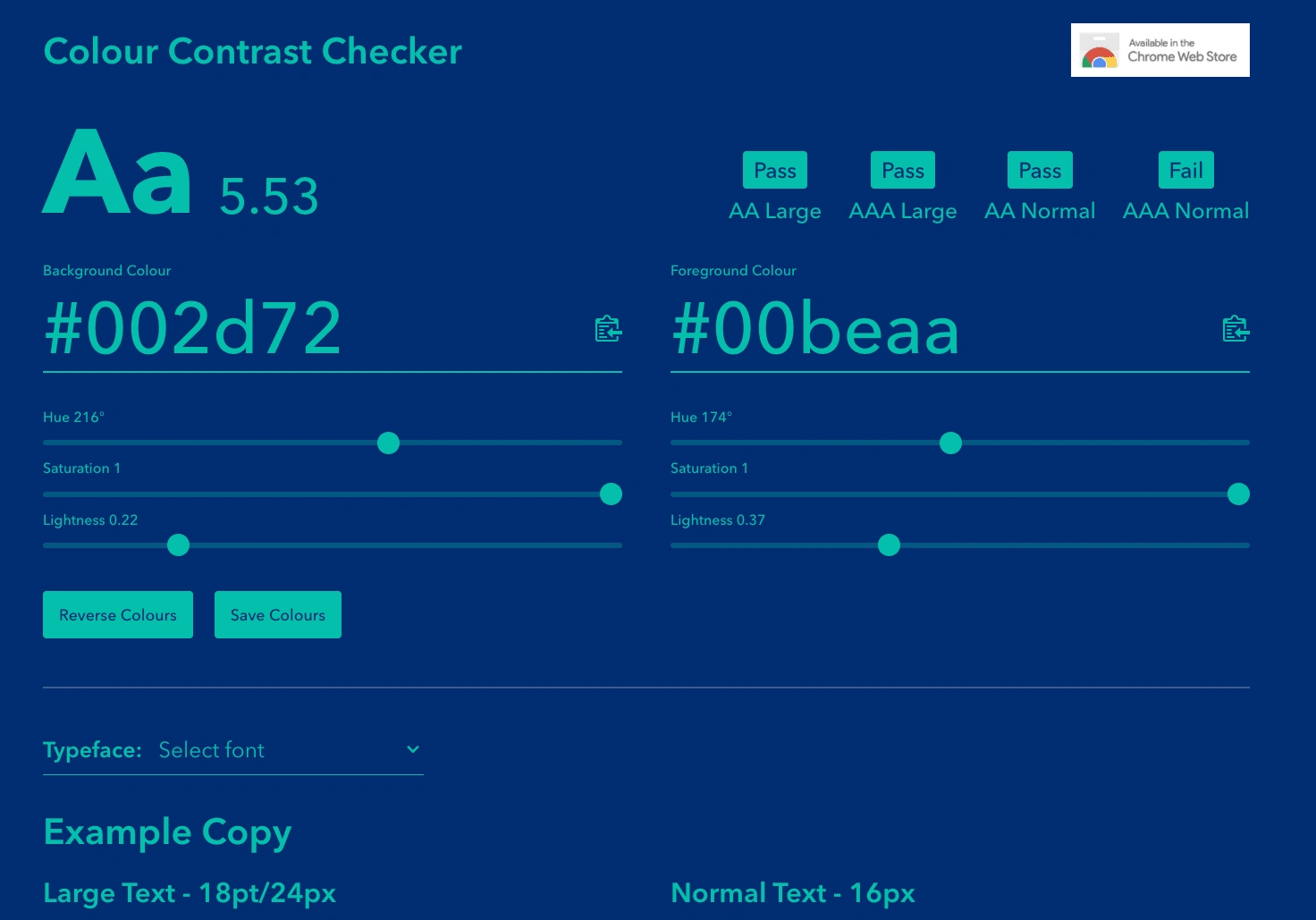
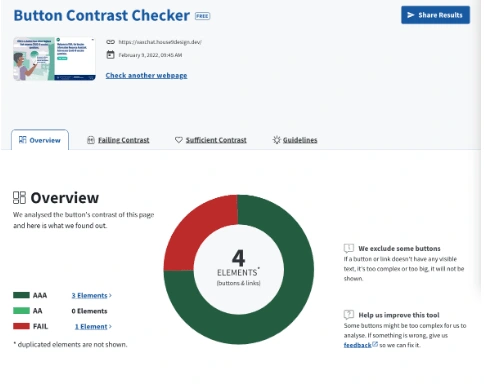

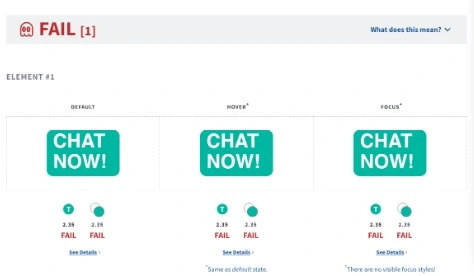
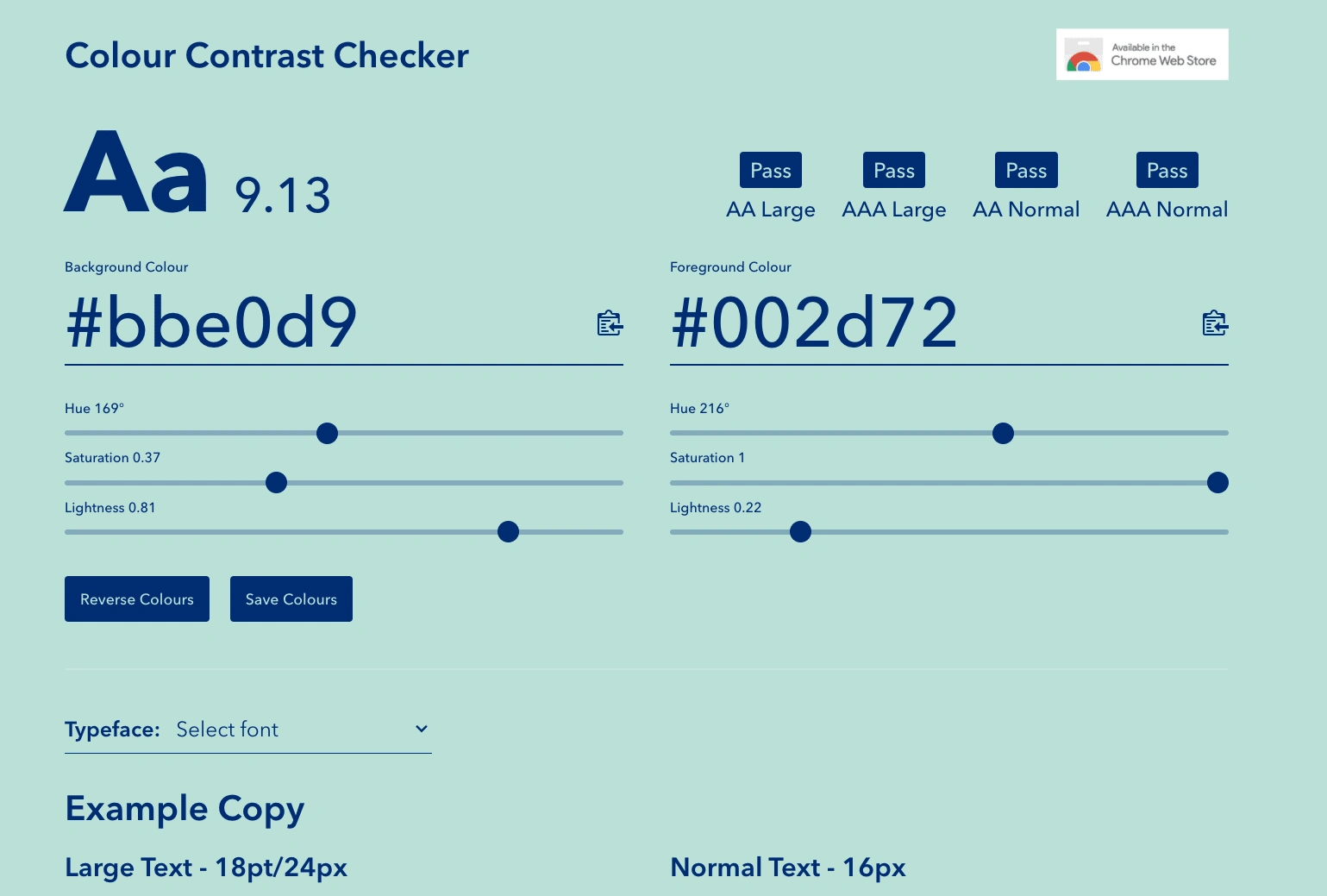
Visual Design Enhancements:
Taking into account user feedback, I focused on improving the chatbot's visual design. This included refining the color scheme, selecting appropriate fonts, and optimizing the design of the mascot to enhance engagement and trustworthiness. The visual enhancements were aimed at creating a more appealing and user-friendly experience for chatbot users.
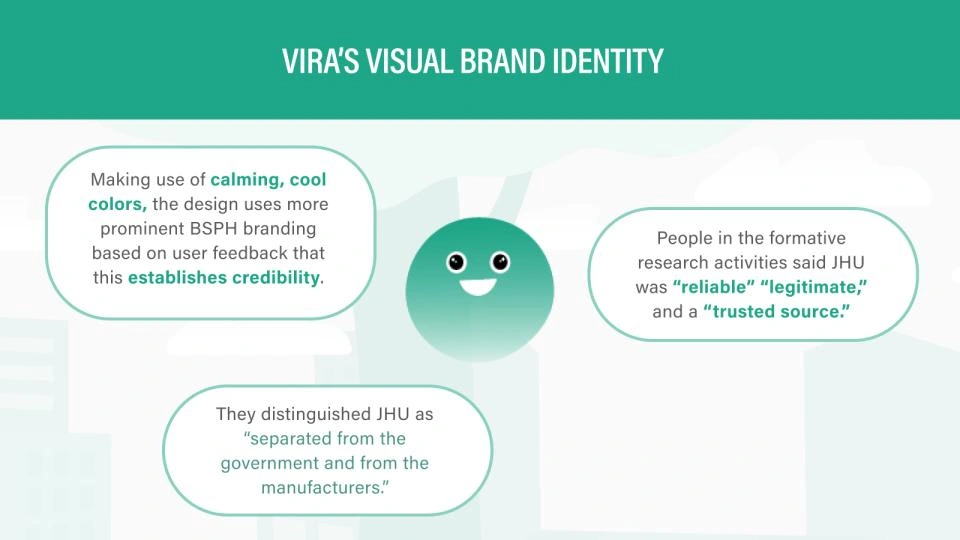
Spanish Adaptation:
One of the significant findings was the presence of a substantial user base of Spanish speakers. To cater to their needs and provide an inclusive experience, we decided to adapt the chatbot for Spanish language support. To reach a broader audience, we made the chatbot available on the popular messaging platform WhatsApp, which is widely used by the Hispanic community.
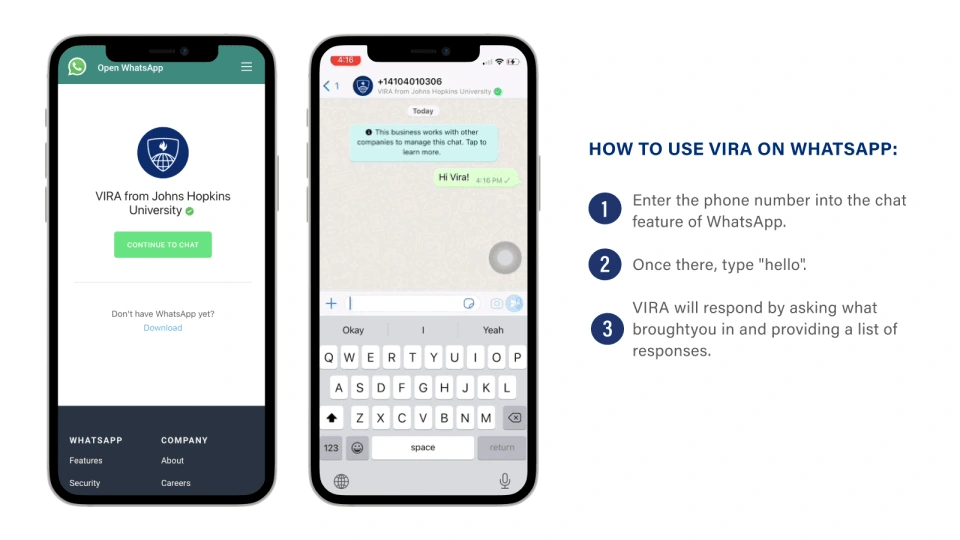
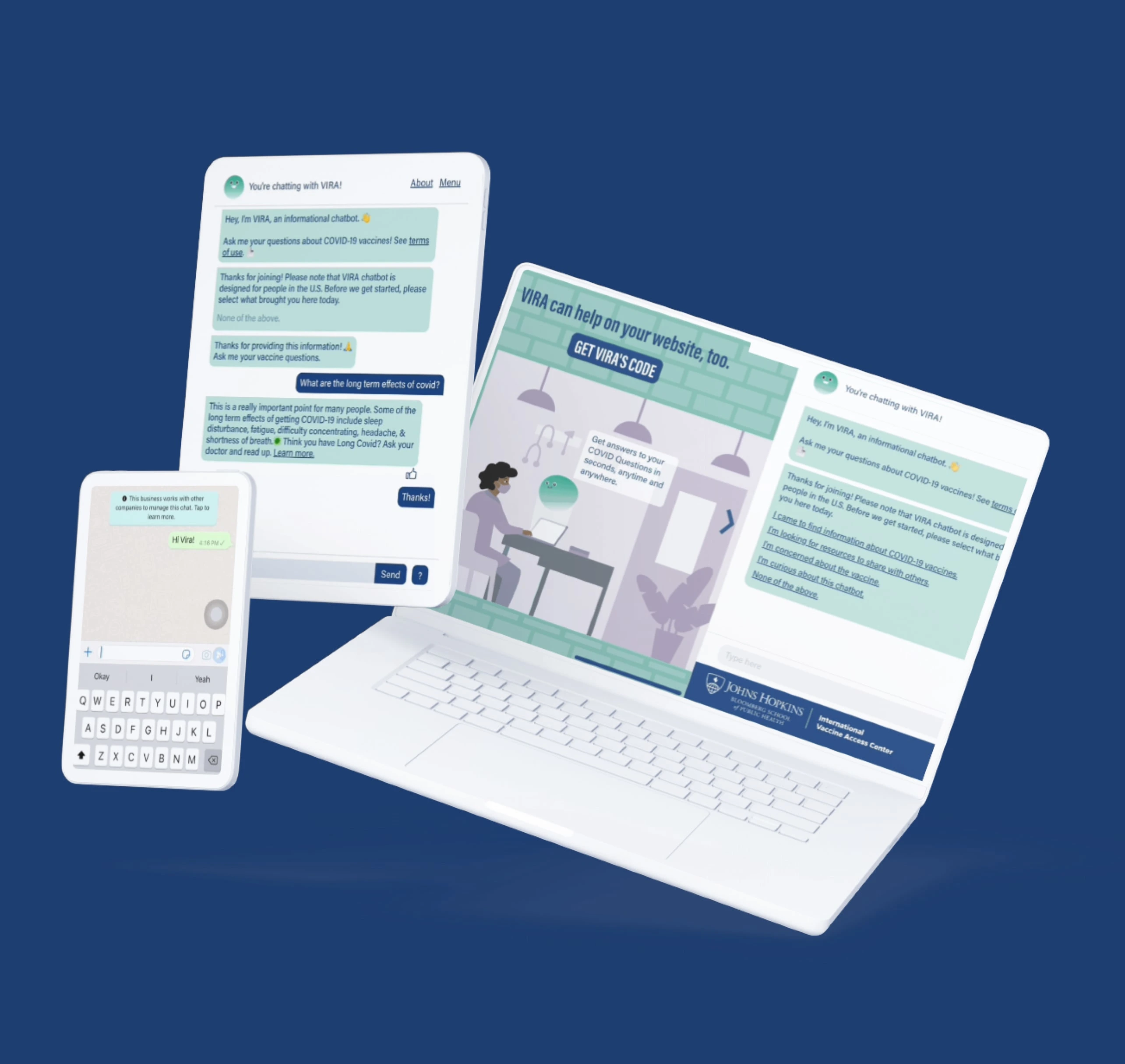
Evaluation and Impact:
After implementing the redesign, we evaluated the chatbot's performance and measured its impact on users. The redesigned chatbot received positive feedback, with users reporting improved usability, increased trustworthiness, and higher engagement. Health departments also expressed interest in integrating the chatbot into their websites, indicating its effectiveness and potential reach.

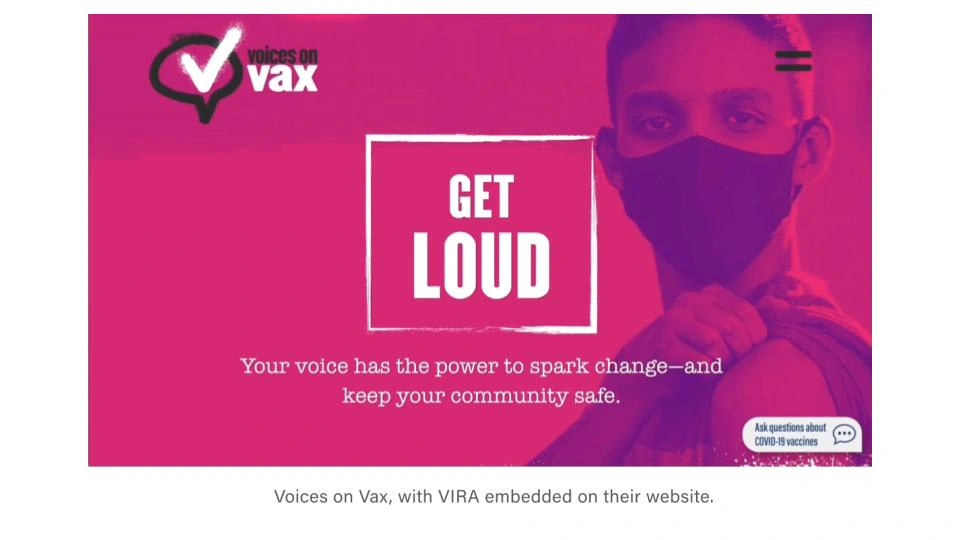
Conclusion:
The collaboration between the Johns Hopkins IVAC, Meta, IBM, and my contributions as a UX designer resulted in a successful redesign of the VIRA vaccine chatbot. By incorporating user feedback, conducting a heuristic evaluation, and adhering to accessibility guidelines, we significantly improved the user experience. The chatbot's enhanced trustworthiness, engaging mascot design, and user-friendly interface made it more accessible and valuable to a wider audience. Through this project, we demonstrated the importance of user-centered design and its impact on creating effective digital solutions for public health communication.
Because of this success, VIRA was able to forge several other valuable relationships with corporations and secured $100K+ worth of in-kind donations to expand the mission to combat vaccine information.
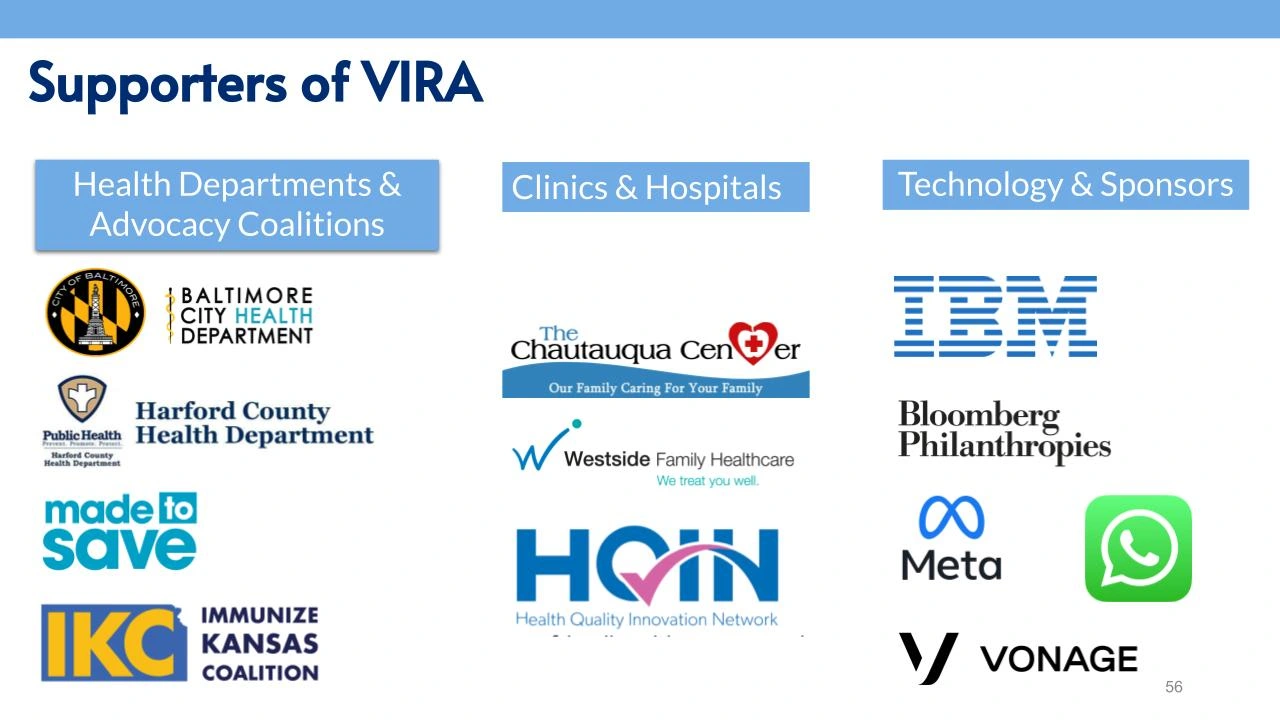
Like this project
Posted Jul 5, 2023
Designed a digital intervention using gamification techniques to promote smoking cessation among young adults.
Likes
0
Views
17


